Witold Rybczynski on the widening gap between traditional and the modern architecture ...
It turns out that there are advantages to reconnecting with history. Without the imperative to constantly innovate, which can lead to risky experimentation and construction failures, architects can rely on time-tested methods of construction, and traditional materials and details. The modern steel frames of the Nebraska State Capitol and the buildings of Rockefeller Center, for example, are clad in traditional limestone. Architects who are free to find inspiration in their predecessors and contemporaries produce buildings that not only work but also gain the affection of the general public: libraries and courthouses that don’t look like flashy casinos, academic buildings that cannot be mistaken for workaday office buildings, and places of worship that don’t resemble utilitarian industrial plants.It would be inaccurate to say that people don’t like modern architecture. After more than a century, it’s an accepted feature of contemporary life, almost a tradition. Office workers expect their workplaces to be sleek; shoppers expect high-fashion boutiques and automobile showrooms to be minimalist exercises in bare concrete and industrial details; and museumgoers expect galleries to resemble artists’ lofts, and museum cafés to have chic furniture and Zen-like décor.But there are limits ...
















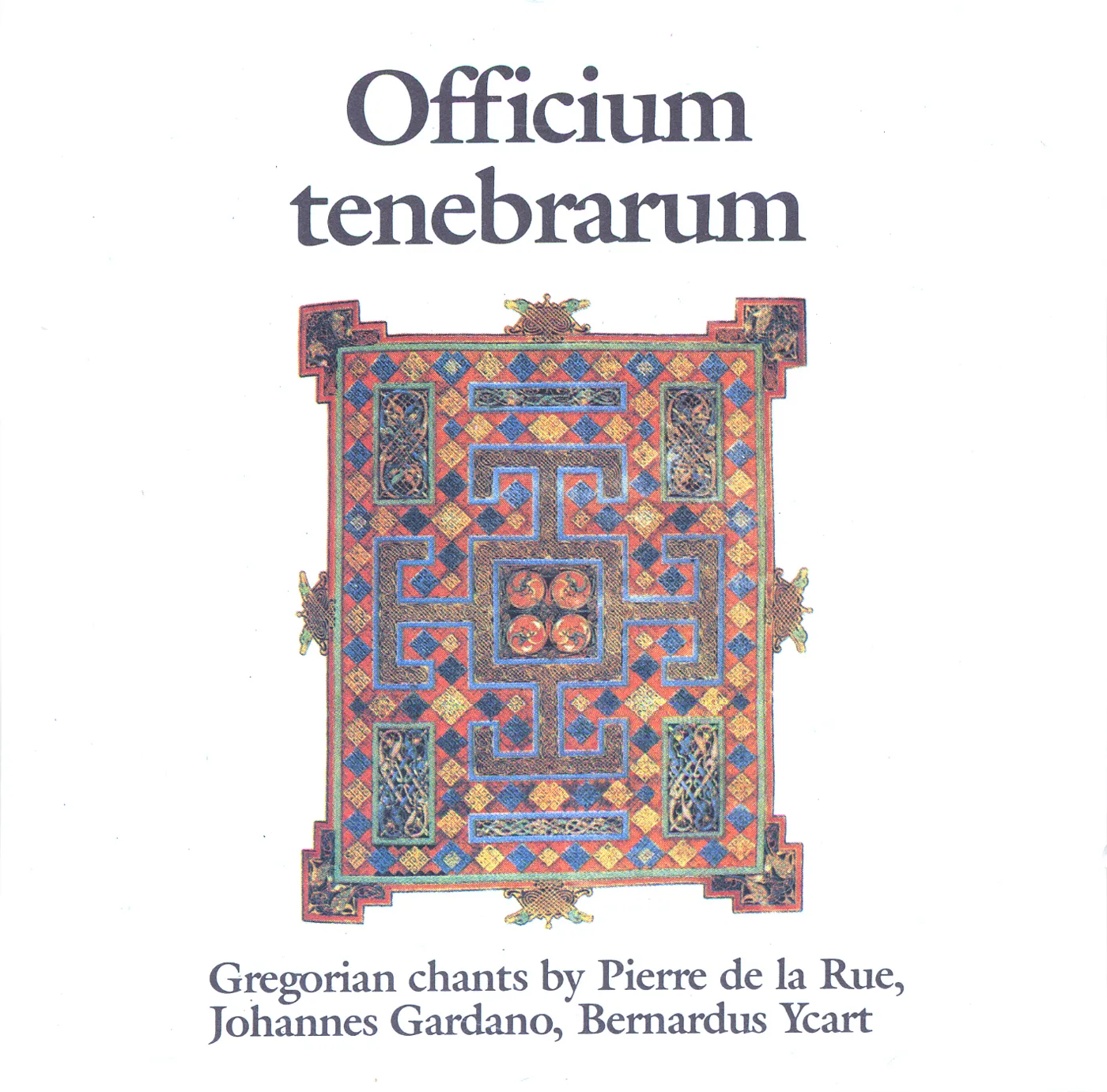




























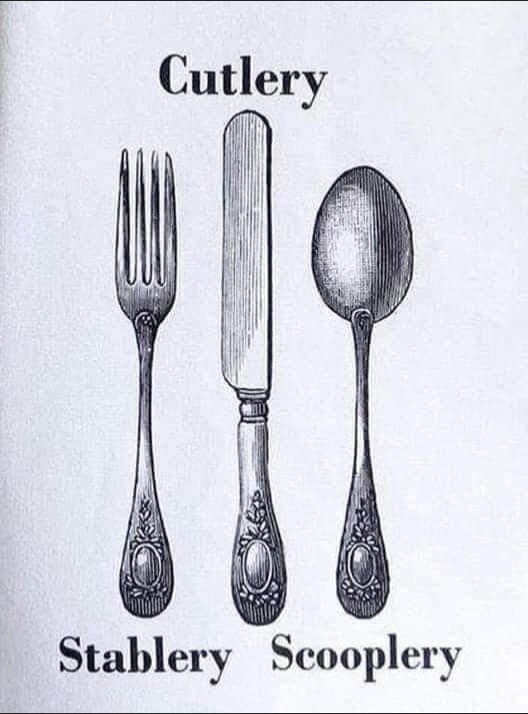
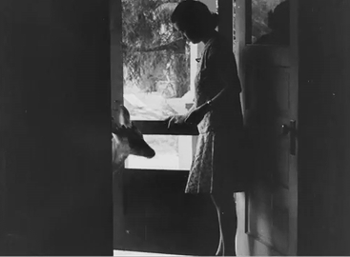
















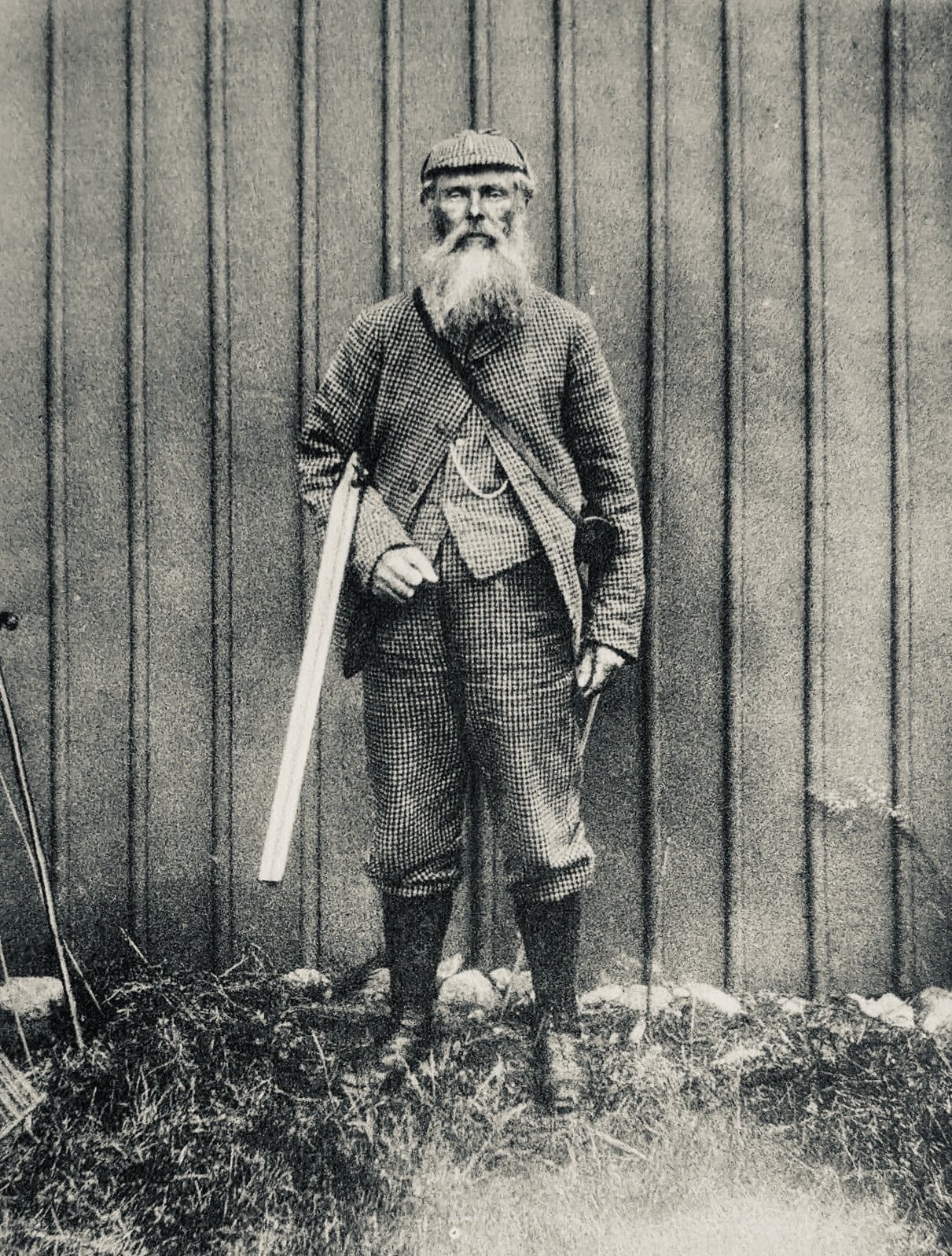

















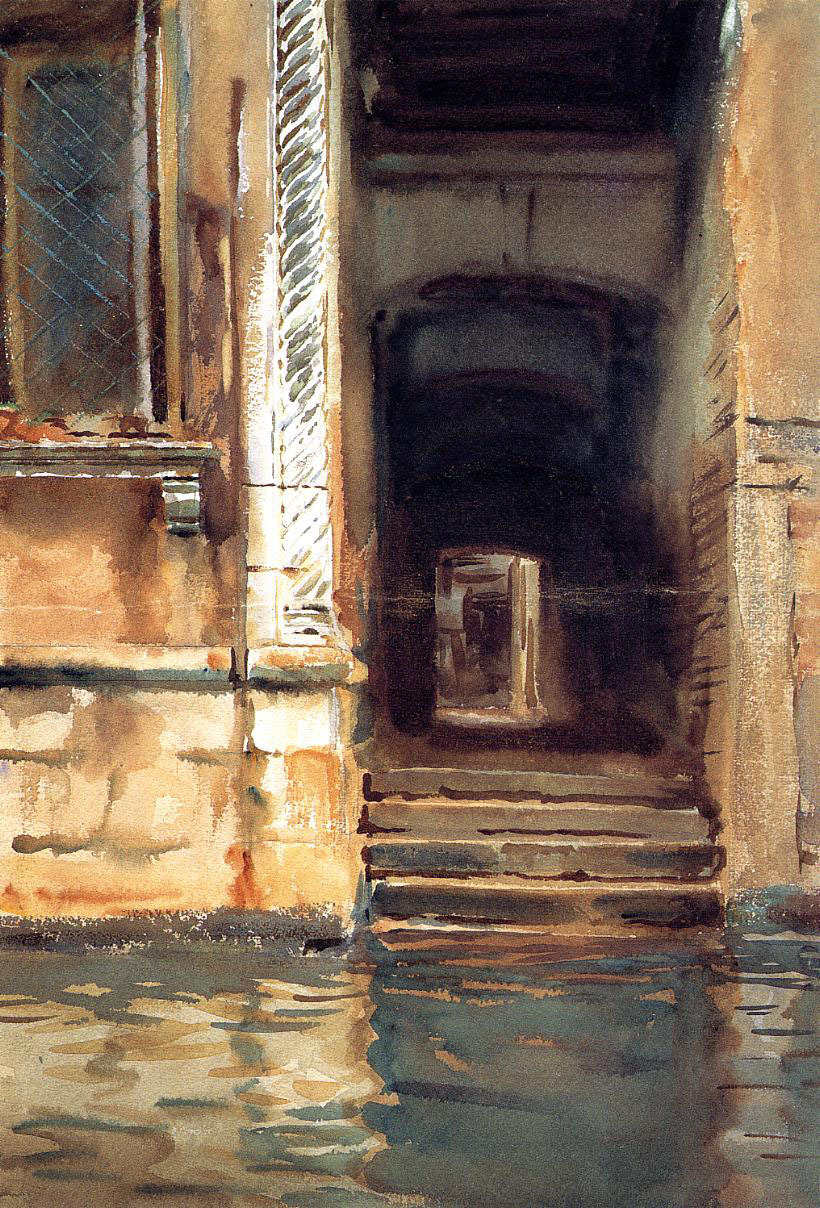












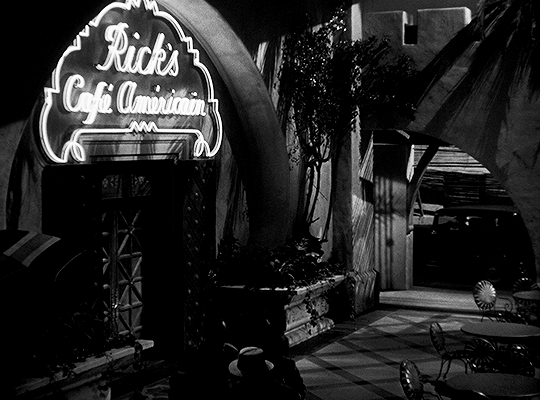


































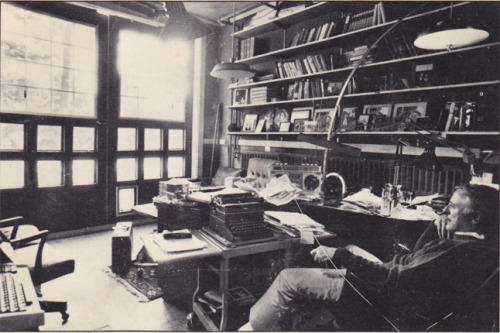







































No comments:
Post a Comment